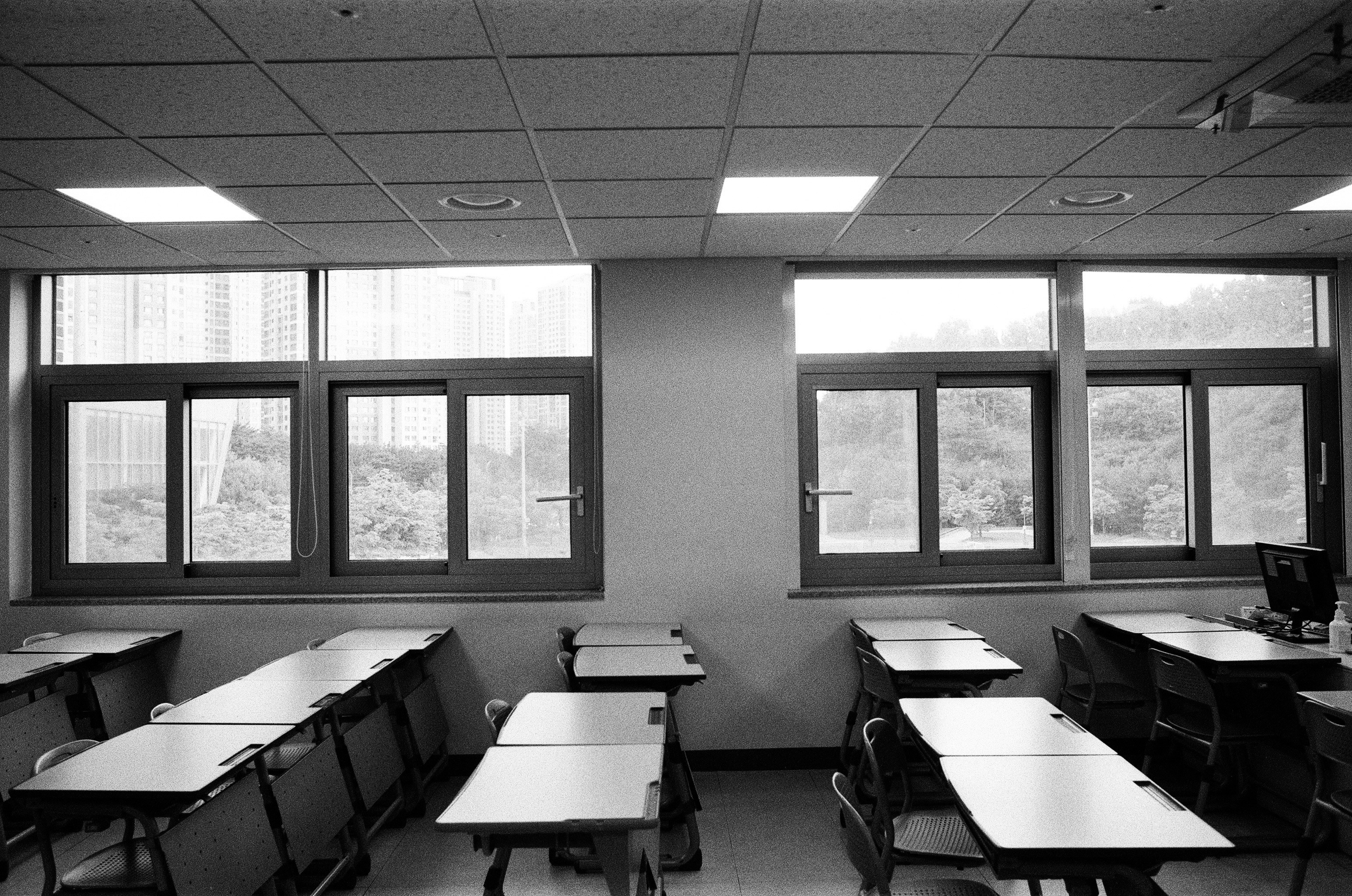Attendance matters: A complex issue


The complexity of attendance is a lot greater than saying ‘just go’. Photo: Supplied/Unsplash.
Over the past six weeks, Kate Russell has delved into the issue of low school attendance. The views of local principals, students, alternative education providers, and attendance officers have been shared. This week she closes the series with a round-up of community voices and her views on the issue.
“Low attendance is the sub-issue of a bigger issue”.
For me, this quote from Tāpitomata attendance officer Mike Foster, sums up what I have taken from six weeks of interviewing, researching, and, quite honestly, constantly thinking about school attendance.
As a mother of two students in their intermediate and college years, our family is experiencing the local school system first-hand, and I am thankful that my children have good attendance.
I put this down to several factors: They enjoy school because they have fantastic teachers, strong friendships, and maybe also parents who don’t really give them a choice in the matter. But I am also fortunate enough to have food to make their school lunches, the means to buy and wash their uniforms, and the ability to get them to the school gate.
Because, for many families, it has become very clear that it’s not as simple as saying ‘just go’.
That’s been the message from the joint campaign from secondary schools in Nelson and Richmond.
After interviewing students, it seems that friends, teachers, and subjects play a big part in attending school, but it also seems like no matter how good these are, school can feel “like a jail” for some. Or, maybe health issues or family circumstances mean that they ‘just can’t go’.
Regular attendance, meaning a student is present for more than 90 per cent of the term, for Term 3, 2024 for our region was just 48.8 per cent. Although we saw a small 1.3 per cent rise in attendance in that term, compared to Term 3, 2023 – it was the smallest increase for any region in the country. Going back roughly a decade, to Term 2, 2015, regular attendance for our region was at 73.4 per cent.
So, what has changed to make more kids not attend school?
It’s not an easy question to answer, and that’s also where those “bigger” underlying issues come in.
Parklands School principal Andrea Smith believes the issues lie “outside the school gate” and schools cannot solve the issue of truancy alone. The cost of petrol, little or no food in the home, the removal of free bus tickets, health issues caused by sub-standard housing, gaming and technology addictions leading to poor sleep, and no money to buy or even wash uniforms are all very real issues in our community.
Mental health problems in our children and their parents is also a huge factor, and more access to counselling support and increased funding for intervention strategies are very much needed.
A Nelson secondary school principal says more funding for support services such as a nurse, a social worker, and even food would go “a long way” in lifting attendance. I agree.
The “anxiety hangover” from the Covid pandemic and lockdowns has also played a part.
And, what about changing the structure of school? Youth Nelson manager Sharon Lukitau-Ngaamo believes there needs to be more flexibility around timetables and some students even suggested later starting times and more subject choices.
The complexity of attendance is a lot greater than saying ‘just go’, but it is something to start the conversation – which is what I hope this series has achieved.
The voice I felt was missing from this series is that of the parents. It’s one that people contacting me were eager to hear, but while many parents were happy to comment on Facebook posts, none were willing to discuss the issues with me.
